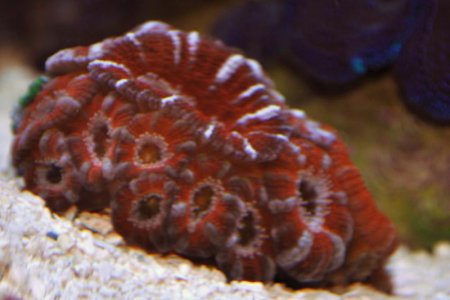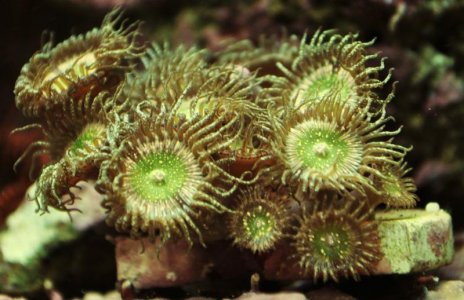Newbie Macro shots with my Nikkon D5000 any advice?
So I laid out the cash (not a lot) for what I thought was a decent camera for taking macro shots with. Here is the best I have been able to get with the 18-55 stock VR lense. I also have the 55-200 VR and some magnifying lenses 1x,2x,4x,5x, and 10x however they don't seem to do much.
I think the pictures are ok however I know think the camera is capable of much more. Any ideas on the best macro lense to buy? Any tips on being able to get closer and have the camera function. I can focus at closer distances however it will not take picture. Like I said I am a total newb.
Anyway I think the photos are cool. One of a RR mini colony, and one of an acan frag I had been growing out. I flipped it over and there they were all line up lol.
Any suggestions appreciated.
Thanks
Shannon
So I laid out the cash (not a lot) for what I thought was a decent camera for taking macro shots with. Here is the best I have been able to get with the 18-55 stock VR lense. I also have the 55-200 VR and some magnifying lenses 1x,2x,4x,5x, and 10x however they don't seem to do much.
I think the pictures are ok however I know think the camera is capable of much more. Any ideas on the best macro lense to buy? Any tips on being able to get closer and have the camera function. I can focus at closer distances however it will not take picture. Like I said I am a total newb.
Anyway I think the photos are cool. One of a RR mini colony, and one of an acan frag I had been growing out. I flipped it over and there they were all line up lol.
Any suggestions appreciated.
Thanks
Shannon


